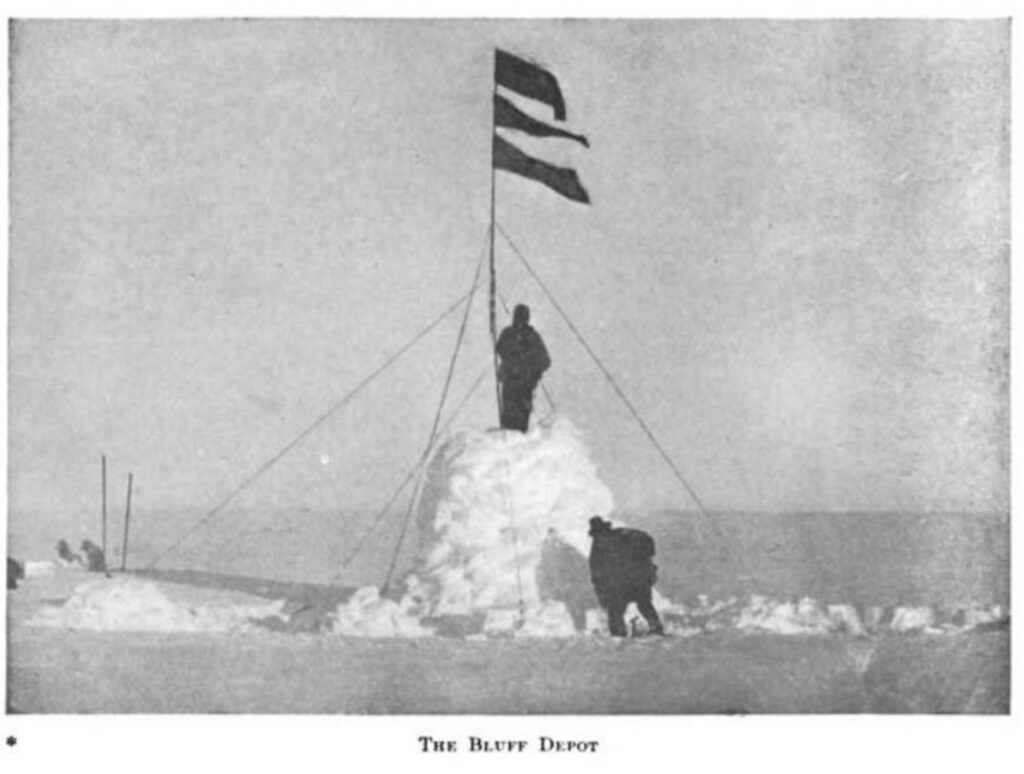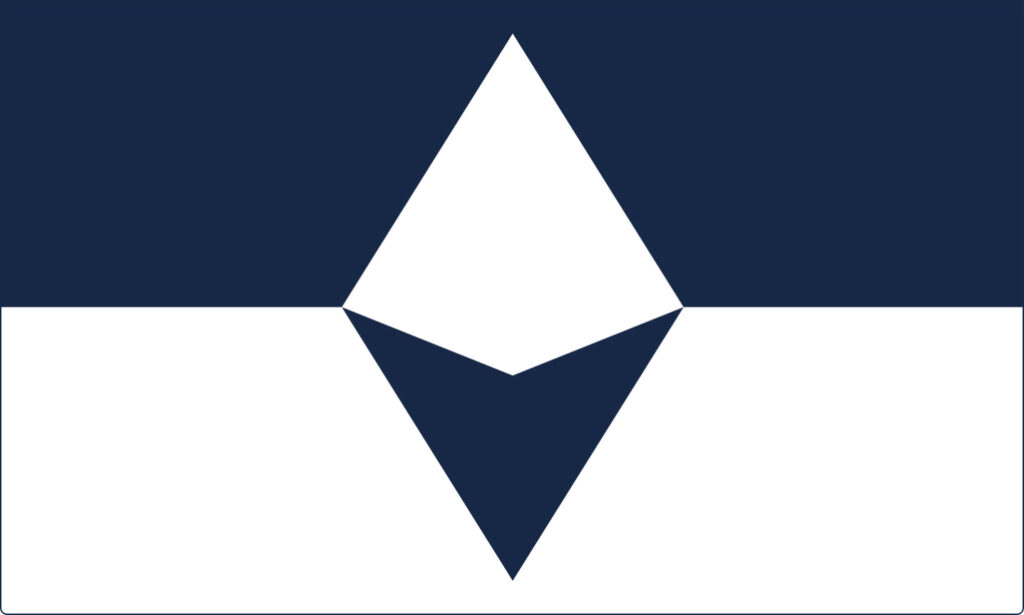I really did just think I could post two pics of sweet-looking flags and be done, but nooo.

Because as a not country, Antarctica doesn’t have an official flag. There are eight territorial claims made by seven sovereign states, and some of those have their own flags. There’s a flag-shaped “emblem of the Antarctic Treaty System,” negotiated beginning in 1958 and enacted in 1961, which supersedes those sovereign claims, which is a map of the continent divided up into twelve longitudinal slices. A similar continent-shaped flag, minus the slicing, on a lighter blue, was inspired by the UN flag. It was designed by Graham Bartram in 1996 for a CD-ROM atlas, using new satellite imagery.
In 2002, Edward Kaye took two dozen of Bartram’s flags on an expedition cruise to Antarctica, where he flew and distributed them at five nations’ bases [Brazil, Chile, Argentina, UK, and Ukraine]. His account of the trip was published in the proceedings of the 20th International Congress of Vexillology, held in Stockholm in 2003. Since 2015 Bartram’s design has been used for the Antarctica Flag emoji: 🇦🇶.

Kaye’s brief history of Antarctic flags included a mockup [above, left] of a possible Antarctic flag flown by Ernest Shackleton on his 1907-09 Nimrod expedition. He was citing Flags of The World [fotw.net, now defunct], where flag nerds of the world posted their latest information about the world’s flags. An archived version of the Antarctic Flags page reveals that in 1999 someone saw a hand-colored edition of Shackleton’s account of the Nimrod expedition on Antiques Roadshow which included a five-band blue & white flag. Kaye’s diagram was based on the gif [above, right] António Martins made in 2000 for fatw.net using a different blue.

But this flag did not exist, or at least, it was not published in Shackleton’s book. The Google Books scan of p. 52 [above] shows three black flags of the type Shackleton mentions throughout the account, which were used to mark supply depots.

In 2018, Antarctic contractor Evan Townsend proposed the flag I thought I’d write my quick & easy blog post about, the True South Flag. Townsend’s proposal focused on drawing attention to Antarctic conservation and the people who work toward it: “The future of this continent depends on humans, which is why we need a flag not just for a landmass, but for a people and a community.” Compared to Bartram’s design, which has been propagated via technological flanking maneuvers, the True South flag seeks to build credibility through use and support on the ice.
It draws attention to both the historical territorial claims on Antarctica by other sovereign states, and the treaty that precludes such claims and guarantees the continent’s exceptional status as a peaceful, collaborative, non-state. But it does that, ironically, by rallying what had long been missing from the equation: a permanent, not to say indigenous, population.

Which is partly why True South’s resemblance to the flag of Greenland, the other polar flag I’d thought to post about, stuck in my mind. With the advent of home rule in 1978, Greenlanders sought a distinct identity apart from the legacy of Danish colonialism. The design [above] that was eventually ratified in 1985 was by Thue Christiansen. [It was immediately discovered to be identical to the logo of a Danish rowing club, but they said they didn’t mind.]
